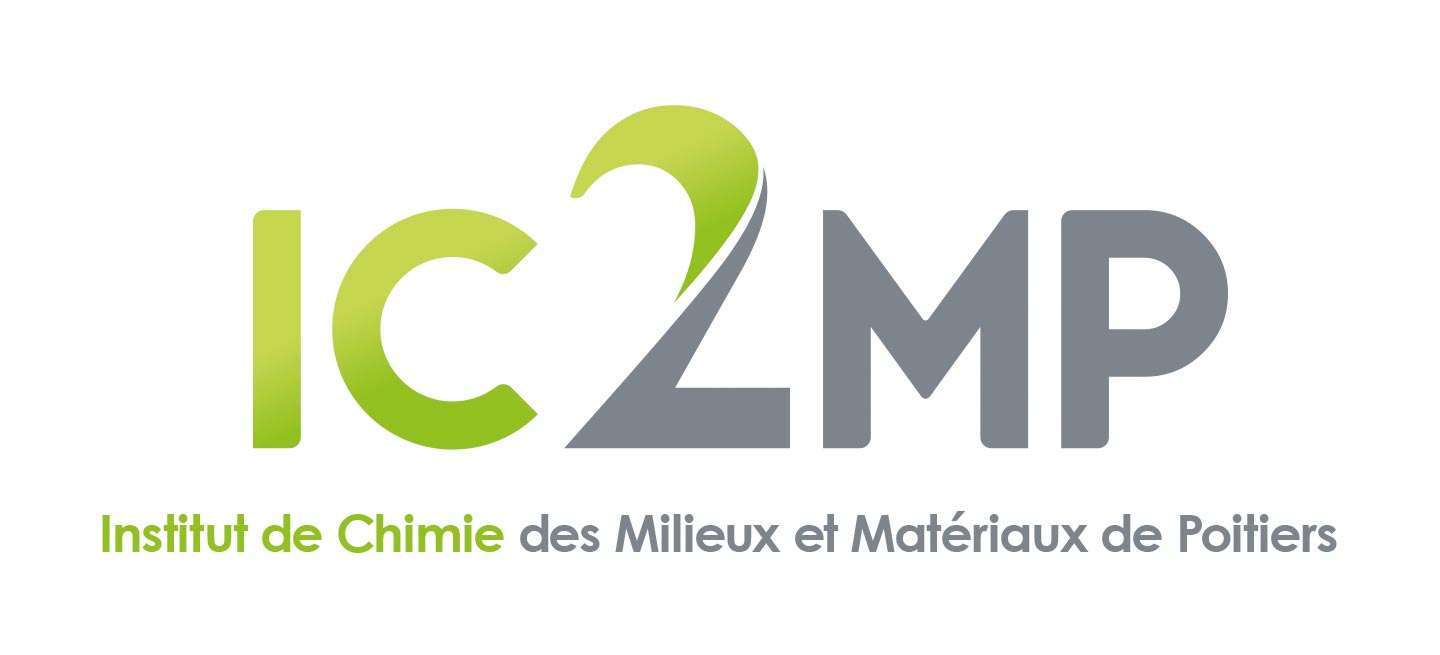Soil crusting: new insight from synchrotron 2D micro X-ray diffraction mapping of clay-particle orientation and mineralogy
Résumé
Our understanding of soil crusting and its detrimental consequences is mainly based on the analysis of morphological changes occurring at the soil surface. Such changes are usually assessed at spatial scales ranging from a few millimeters to that of the field. The inner-reorganisation within the topsoil during soil crusting primarily involves the redistribution of clay particles. Their mineralogy and arrangement remain however delicate to determine by the sole use of microscope observations. To overcome these limitations, we developed an innovative methodology based on synchrotron 2D micro X-ray diffraction (2D-mu XRD) to map relevant pa-rameters related to the organisation of all types of soil clay minerals, i.e. relative diffracted intensities, degree of preferential orientation, mean deviation angle from the surface. Our methodological strategy was first validated on a laboratory-made model sample, composed of various pure clay phases with clear preferential orientations. Then, a vertical section of soil crust from long-term bare fallow (LTBF) experiment of the France's National Research Institute for Agriculture, Food and Environment (INRAE, Versailles, France) was studied. Micromor-phological features of the soil crust were first described by using conventional scanning electron microscopy. Synchrotron 2D-mu XRD analyses were then successfully applied on the same region of interest. The in-depth analysis provided by the synchrotron 2D-mu XRD approach revealed the presence of clay microlayers that were not observed on SEM images. Additionally, clay mineralogy as well as preferred clay-particle orientation and overall alignment highlighted specific quantitative structural signatures. These signatures involved the discrimination between clay microlayers associated to the settling of clay particles in microdepressions and clayey microaggregates resulting from transportation of pre-existing soil crusts. This new technique has led to re-interpretation of the deposition mechanisms in the natural soil investigated here and opens wide perspectives for in-depth detailed characterization of clay mineralogy in soil crusts.
Origine : Fichiers produits par l'(les) auteur(s)
